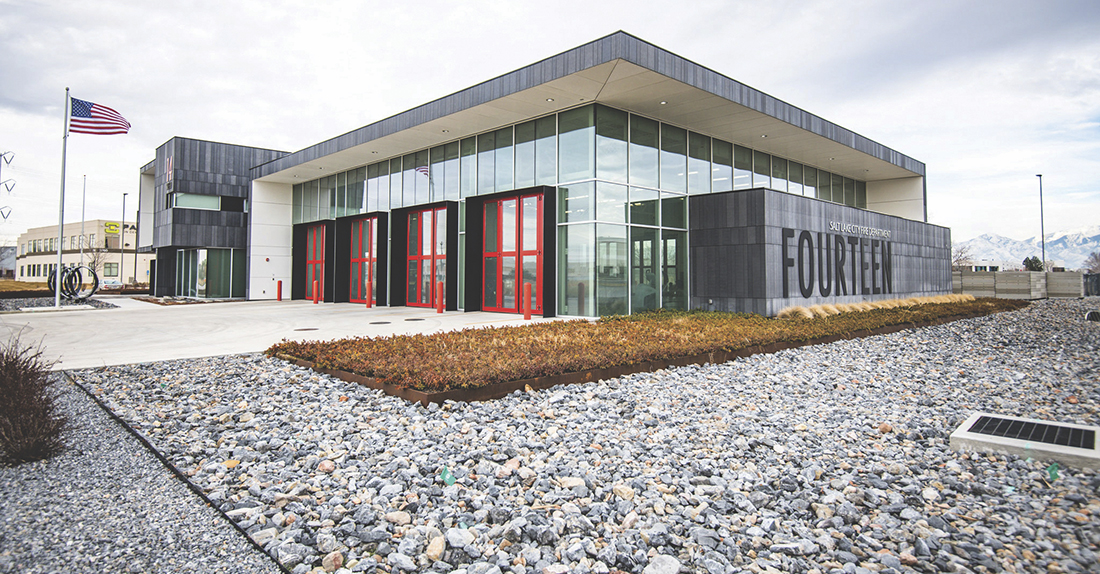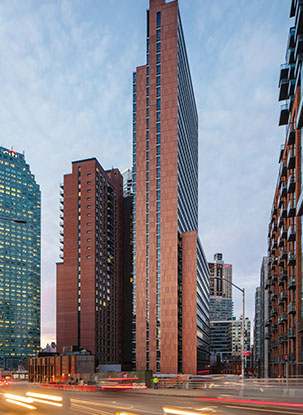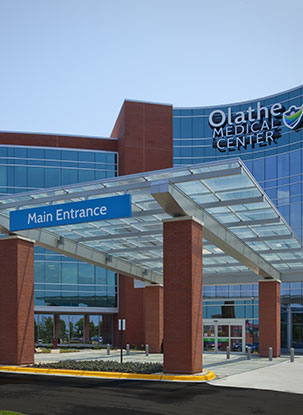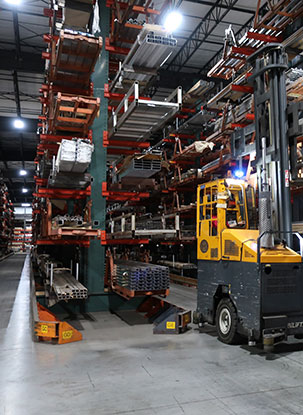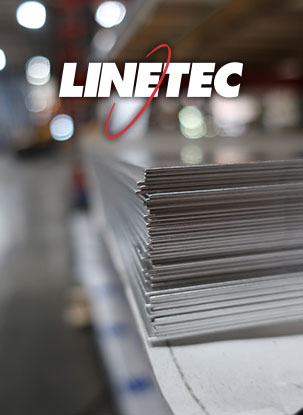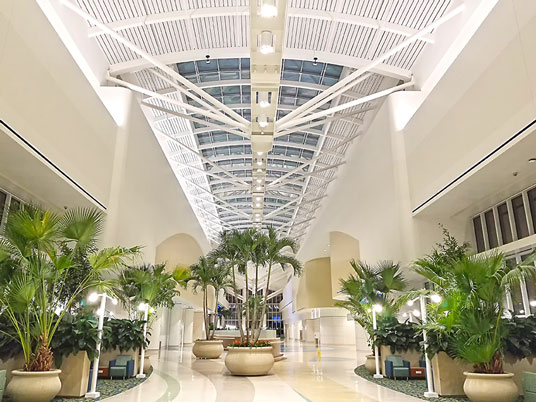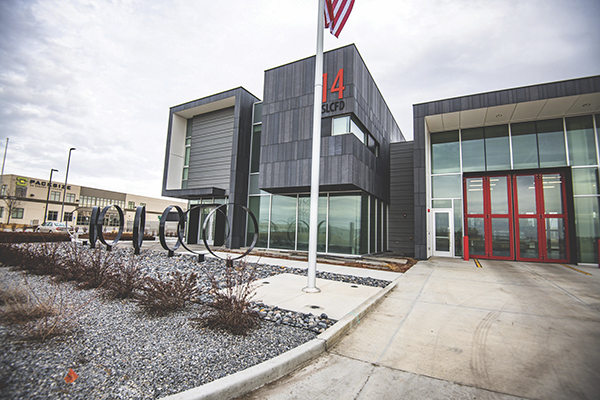Whether we live in hot or cold climates, or in the forest with three bears, we all want an indoor temperature that’s “just right” all year long. We humans are most comfortable and productive at 63- to 75-degrees Fahrenheit. While we want to stay warm and cozy inside when it’s cold outdoors, we also want to keep out the heat as temperatures escalate in warm climates and hot weather.
Helping achieve this optimal comfort zone, Linetec improves the finished aluminum framing of curtainwall, window, entrance and skylight systems by separating the interior and exterior surfaces and inserting a thermal barrier. Known as “thermally breaking” a system, this reduces heat transfer through aluminum framing, increases occupant comfort and improves the building envelope’s energy efficiency.
As a single-source solution, we offer fenestration product manufacturers and fabricators a choice of either polyamide thermal strut or polyurethane pour-and-debridge improvement services.
Too cold? Northern, Winter Climates
In North Dakota, it is important to keep out the bitter cold when temperatures dip below freezing. Mountrail-Williams Electric Cooperative’s (MWEC) headquarters’ four-story, 85,000-square-foot building was designed with an emphasis on highlighting the efficient use of electricity in a cold climate.
To accomplish this, Linetec provided polyamide thermal strut for Tubelite’s Therml=Block® curtainwall and wide stile entrances. The curtainwall features a dual-cavity thermally insulated design for the exceptional thermal performance. All of Tubelite’s aluminum framing also was finished by Linetec in durable, eco-friendly, clear anodize. The resulting high-performance facility earned LEED® Gold certification.
(https://linetec.com/2019/04/23/power-distributors-north-dakota-headquarters-features-linetecs-durable-eco-friendly-anodize/)
Certified LEED Silver, 606 Blue in Chicago’s Bucktown neighborhood offers comfortable living with upscale amenities combined with sustainability and performance thanks in part to Tubelite’s Therml=Block TerraPorte 7600 Series terrace doors and 900RW Series window wall, plus Phantom 5000 vents.
Contributing to the residents’ year-round comfort and the building’s energy-efficient performance, Linetec provided the window wall with an ultra-thermal, polyurethane poured-and-debridged thermal barrier and the doors with polyamide thermal strut. The insert awning vents also facilitate a seasonal opportunity for natural ventilation, reducing demands on the HVAC and associated utility costs. Further supporting environmentally responsible choices, the aluminum framing was finished in a sustainable no-VOC clear anodize for a low-maintenance, long-lasting, modern appearance.
(https://www.tubeliteinc.com/centrum-bucktown-luxury-high-rise-showcases-three-tubelites-newest-products/)
Too hot? Southern, Summer Climates
Controlling heat transfer through aluminum framing with thermal barriers allows for expansive window systems with sunny views, while keeping building occupants cool and comfortable. For example, the Orlando International Airport’s Intermodal Terminal Facility (ITF) features a massive skylight by Acurlite Structural Skylights, Inc., with framing thermally improved by Linetec for Florida’s climate and conditions.
In addition to our thermal improvement services, we also provided stretch forming and finishing on the 8,000-square-foot, segmented barrel-vault commercial skylight to meet the airport’s aesthetic, sustainability and high-performance requirements. People arriving and working within the ITF can enjoy the natural light and Florida sunshine, while keeping out the heat and humidity.
(https://linetec.com/2018/12/27/commercial-architecture-highlights-linetecs-finish-on-orlando-airport-skylight/)
Too many variables? Mountainous Climates
Nestled between the Wasatch and Oquirrh Mountains, Salt Lake City’s valley winter temperature inversions can act as a lid trapping cold air and pollution for several days or weeks. The city’s “Climate Positive 2040” plan seeks to achieve net-100% renewable electricity by 2030 and to reduce carbon pollution by 80% by 2040.
Exemplifying this directive, Salt Lake City’s Fire Station No. 14 high-performance building was one of the first net-zero-energy (NZE) fire stations in the country, meaning it generates more energy than it consumes. The facility is designed for a lifespan of at least 50 years and earned LEED Gold certification for its energy-efficient, environmentally responsible design and construction.
Creating the station’s high-performance façade, Tubelite’s triple-glazed curtainwall was thermally broken by Linetec with dual, polyamide insulating struts between the interior and exterior aluminum framing members. In addition to reducing heat transfer, Tubelite’s Therml=Block curtainwall also improves condensation resistance, comfort, sanitation and air quality inside the station.
Minimizing both interior and exterior maintenance, all of Tubelite’s aluminum framing on this project was finished by Linetec in Class I clear anodize. Along with supporting the project’s long lifecycle and high performance, Linetec’s no-VOC, eco-friendly anodize for aluminum also earned a Declare Label as Living Building Challenge™ Red List Free, which is recognized by LEED and other sustainable building programs.
(https://linetec.com/2020/11/03/salt-lake-citys-net-zero-energy-fire-station-no-14-earns-leed-gold/)
